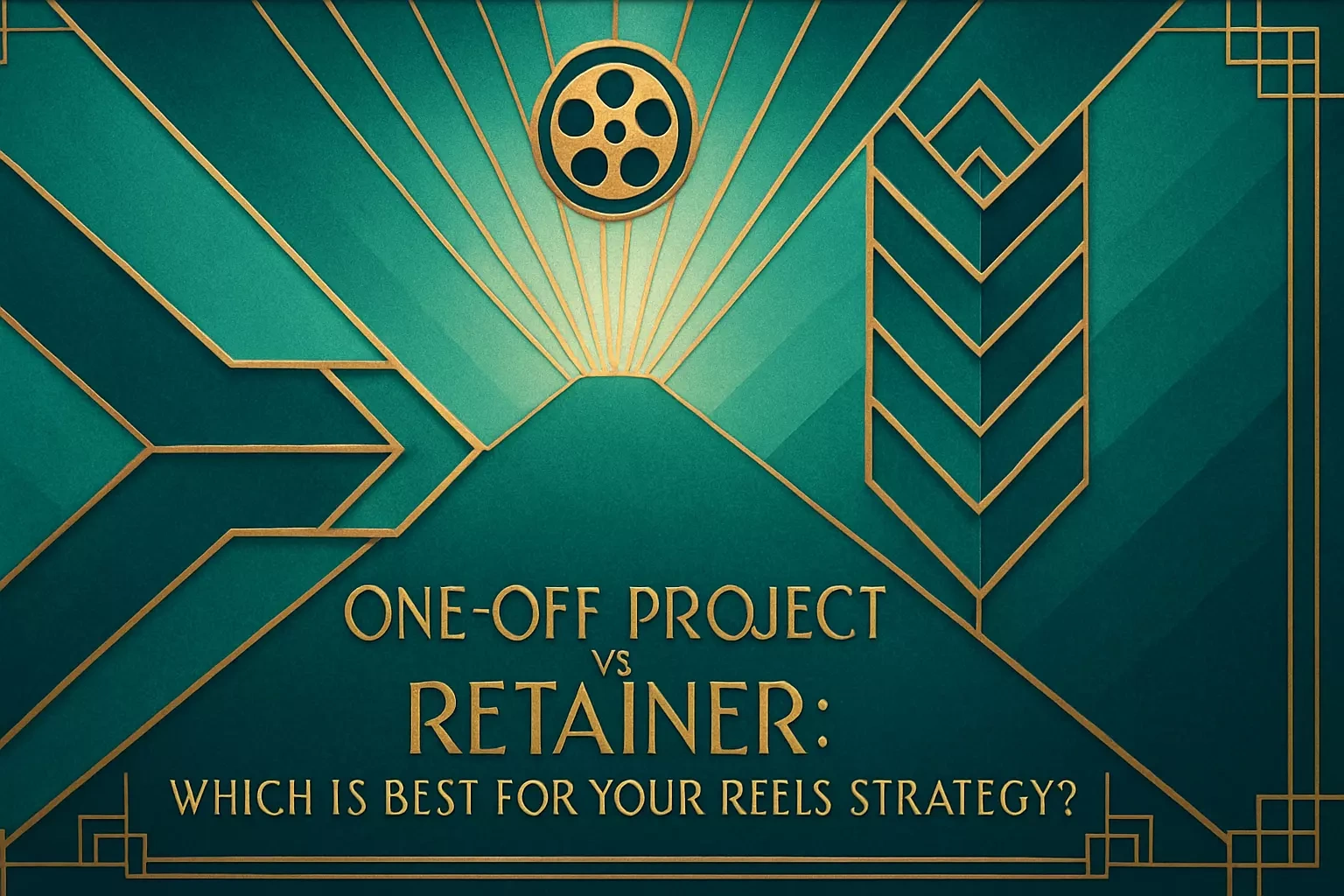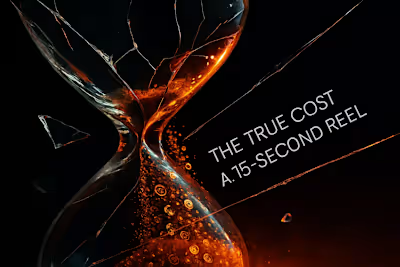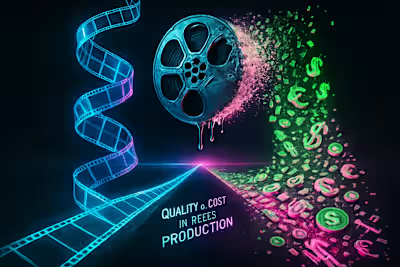One-Off Project vs. Retainer: Which Is Best for Your Reels Strategy?

One-Off Project vs. Retainer: Which Is Best for Your Reels Strategy?
The One-Off Project: Pros and Cons
Pro: Ideal for Specific Campaigns and Testing
Pro: Clear, Fixed Cost Upfront
Con: Can Be More Expensive Per Video
Con: Less Consistency in Workflow and Style
The Retainer Model: Pros and Cons
Pro: Cost-Effective for Consistent Content
Pro: Builds a Strong, Collaborative Partnership
Pro: Ensures Brand Consistency
Con: Requires a Consistent Monthly Budget Commitment
Making the Financial Call: When Does a Retainer Make Sense?
Calculating the Break-Even Point
Beyond the Numbers: The Value of a Partnership
How to Structure a Successful Retainer Agreement
Clearly Define the Scope and Deliverables
Set Communication Expectations
Include a Review and Adjustment Clause
Making Your Decision
References
One-Off Project vs. Retainer: Which Is Best for Your Reels Strategy?
The One-Off Project: Pros and Cons
Pro: Ideal for Specific Campaigns and Testing
Pro: Clear, Fixed Cost Upfront
Con: Can Be More Expensive Per Video
Con: Less Consistency in Workflow and Style
The Retainer Model: Pros and Cons
Pro: Cost-Effective for Consistent Content
Pro: Builds a Strong, Collaborative Partnership
Pro: Ensures Brand Consistency
Con: Requires a Consistent Monthly Budget Commitment
Making the Financial Call: When Does a Retainer Make Sense?
Calculating the Break-Even Point
Beyond the Numbers: The Value of a Partnership
How to Structure a Successful Retainer Agreement
Clearly Define the Scope and Deliverables
Set Communication Expectations
Include a Review and Adjustment Clause
Making Your Decision
References
Posted Jun 30, 2025
Should you hire a Reels videographer for a single project or on a monthly retainer? We compare the pros, cons, and costs to help you decide.









